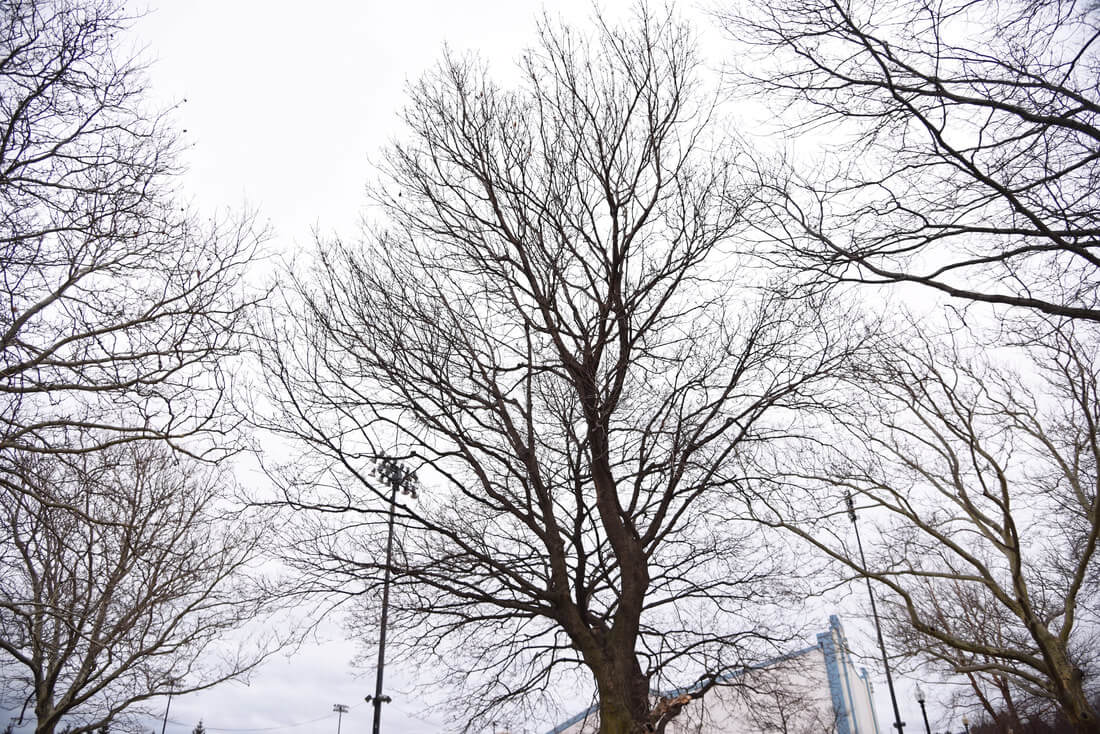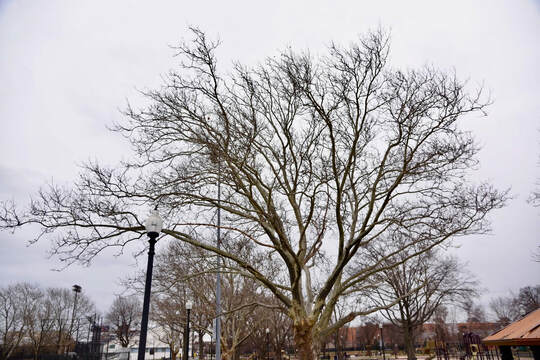
What is Pruning & Why?
Pruning is the act of trimming or thinning the branches and foliage that collectively create the form and structure of plants, shrubs, and trees. The intended result is to keep them looking aesthetically appealing as well as strong, healthy and safe. Keep in mind you should not prune more than 1/3 of a tree or shrub at a time. In the most basic and most functional pruning you would begin by removing damaged or dead stems and branches. After you have gotten rid of the dead foliage, next look for any branches that may be rubbing or crossing each other as these will pose a problem in the future, remove the less dominant branch or less aesthetically pleasing. It is important to remove any new growth that has sprouted around the base of the trunk (often referred to as sucker growth) and also along the branches themselves that shoot up vertically, referred to as water sprout. In addition, be mindful of new buds that may impact the look of the tree or shrub come spring time. When training some of our newer staff, we try to keep it simple and stick to the basics;
- Thin- ensuring that we rid the tree or shrub of any damaged parts.
- Reduce – essential in maintaining the foliage aesthetics, and stops the plant from becoming overgrown.
- Cut- necessary in keeping trees & shrubs looking young & healthy. Be mindful in cutting, as to not over-cut (1/3 or less) and harm.
Tips During the Winter Months
-Great time for reduction pruning to maintain form of tree or shrub
-Pruning on dry and moderate days are the best for the plant
-Remove dead or damaged stems or branches
-Carefully remove overgrown branches or rubbing and crossing branches- increasing airflow and light exposure to the tree.
-Make sure to not remove the strong & healthy branches which hold your plants structure.
-Cut as close to the node as possible and at an angle to maintain the beauty and health of the plant.
-Keep your equipment clean. Disease is often spread by improperly maintaining and cleaning blades. If you are pruning a known diseased or infected tree or shrub you should clean the blades after each cut not to spread.
By employing the correct techniques and the proper, well maintained equipment, your plants will be well on their way to creating healthy & strong limbs, as well as beautiful lush foliage. If you’d like our professionals to take a look at your property please reach out!


